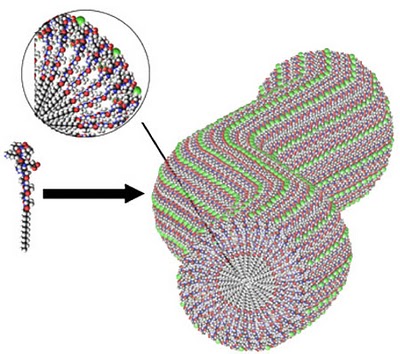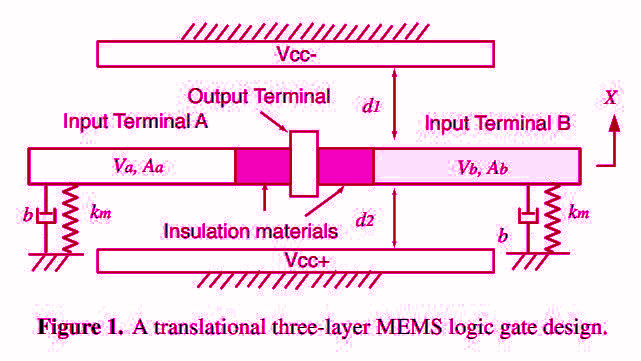Superconductivity is a phenomenon in which material possess zero resistance below critical temperature, which is mostly very low temperature.
Electrical current in a superconducting ring can persist for an infinitely long time. Let at T>Tc, ring is placed in an external magnetic field so that field lines passes through the interior of ring, Ring is cooled down below critical temperature, Tc, and external magnetic field is switched off. At first moment, magnetic flux through the ring decreases but according to the Faraday laws of electromagnetic induction, it induces current in a ring which will be persistent throughout which actually prevents decrease in magnetic flux through the ring. If the ring has resistance, flux would decay with time (L/R). In superconducting ring, R=0 so current will take infinite time to decay that means current will be persistent throughout. This is the case of frozen Magnetic flux.
Meissner-Ochsenfeld effect
Weak enough magnetic field is applied to ideal conductor(Super conductor) so that field will not destroy the super conductor and it is cooled down below Tc in zero magnetic field. After external magnetic field is applied, field doesn’t penetrate the interior of sample. As soon as field starts penetrating, instantly an induced current is set up by Lenz’s law which generates the magnetic field in the direction opposite to external field. Hence, total field inside the interior of sample is zero. This is called Meissner-Ochsefeld effect.
If we apply magnetic field greater than critical value, then it will destroy superconductivity.
Transition to Superconductor is a phase transition at which superconductor shows diamagnetism. There are two type of Superconductor – Type I (mostly all metals except Noibium) and Type II (Noibium and superconducting alloys)
Type II superconductors do not show Meissner-Ochsenfeld effect. When magnetic field is increased from zero, at first it pushes out all the field and shows Meissner effect until Ho<Hc1, lower critical field. Further increase of magnetic field Ho, induction B build up and becomes equal B=Ho at H=Hc2, upper critical field. However in a thin surface layer, the superconductivity will remain even at Ho>Hc2 until H0=1.69Hc2. This field is strong enough to destroy superconductivity in the surface layer as well. It is called 3rd critical field Hc3.
Superconducting state is more ordered state than normal one because it is characterised by lower entropy. Transition at T=Tc doesn’t involve latent heat because entropy at superconductor and normal state are equal in the absence of magnetic field so that it is called 2nd order phase transition.
However, at T<Tc, a transition from superconducting state to normal state occurs, when a sufficiently strong magnetic field is applied. At this case, entropy of superconducting state is much lower than that of normal one, such transition is accompanied by absorption of latent heat. Therefore, in presence of magnetic field, all the transition at T<Tc are 1st order transitions.
Superconductivity is based on cohorent behaviour of electrons. Two basic properties of superconductivity are absolute diamagnetism and zero resistance to DC current. According to London theory, electrons in Superconductor may be considered as mixture of two groups; superconductor electrons and normal electrons. Number density of superconductor electrons, Ns decreases with increasing temperature and eventually becomes zero at T=Tc. In presence of AC electric field, both normal and superconductor components of currents are finite and the normal current obeys ohm’s law. Therefore, real superconductor can be modeled as series connection of normal resistor and ideal conductor.
Ginzburg Landaeu Theory
It introduced quantum mechanics into the description of superconductors. Entire superconducting electrons are described as a function of n coordinates Ψ(r1,r2,r3,…). It establishes cohorent behaviour of all superconducting electrons. GL theory was built on the basis of theory of 2nd order phase transitions which is valid only at the vicinity of Tc in the range Tc-T<<Tc. Having applied GL theory to superconducting alloys, Abrikosov developed a theory of so called Type II superconductor. Superconductors do not necessarily have surface energy > zero. Those do have surface energy > zero are Type I superconductors. Majority of Superconducting alloys and chemical compounds show surface energy < zero ehich are called Type II superconductors.
For Type II superconductors, magnetic field penetrate inside the material in the form of quantised vortex lines which is the quantum effect on macroscopic scale). Superconductivity in these materials can survive upto high magnetic fields.
BCS Theory
This theory takes into account the interaction between electrons and phononsn also demonstrate electron-electron attraction which is due to exchange of phonons and formed Cooper Pairs whose total spin is zero that represent Boson particle, hence obeys Bose-Einstein statistics. For such particle, if the temperature fall below Tc, they can all gather at lowest energy level, Ground state. Larger the no. of particles that have accumulated there, more difficult it is for one of them to leave this state. This process is called Bose-Einstein Condensation. All the particles in the condensate have same wave function. Flows of condensate must be superfluid that is dissipation free. Not easy for one to be scattered, 1st have to overcome resistance of the rest of the condensate. Thus at T<Tc, there exist a condensate of Cooper pairs which is superfluid, i.e. dissipation free electric current is carried by Cooper pairs. Charge of elementary carrier is 2e.
Cohorence length and Penetration depth
Let the film of a normal metal is deposited onto a clean flat surface of the superconductor. It cause reduction in the superconducting electron density near the surface of superconductor. In other words, Order parameter. |Ψ| at the surface will somewhat different from its equilibrium value deep inside the superconductor, whee |Ψ|=1.
Cohorence length is the characteristics length over which order parameter returns to unity or over which variations of order parameter |Ψ| occurs. Penetration depth is the distance upto which magnetic field penetrates.
Weak Superconductivity
Weak superconductivity refers to the situation in which two superconductor are coupled together by a weak link that provide a tunnel junction, provided that width if weak link is less than cohorence length which causes that order parameter from one superconductor can feel that of other one. This phenomenon is called Josephson effect. There are two types of Josephson effect:
a) DC Josephson effect : There is a certain phase difference across the weak link which causes the production of +ve and -ve current, Ic.
b) AC Josephson effect: When voltage is applied across the junction, then phase starts varying with time which also causes current to vary over time so produce oscillation in current which is called ac current.
Application of Weak superconductivity – DC squid, which is used to measure very small magnetic field.










 In PMOS, Intel embeds compressively strained SiGe film in the source drain regions by using the selective epitaxial growth process. A combination of compressive SiGe strain and embedded SiGe S/D geometry induces a large uniaxial compressive strain in the channel region, thereby resulting in significant hole mobility improvement. We can see from the figure that on deposition of SiGe film, it produces force laterally which provide stress such that channel length reduces in size providing compressive nature of strain. Such strain causes the change in band structure such that curvature of band increases causing lower in the effective mass of hole and as mobility is inversely proportional to effective mass which ultimately enhance the mobility of hole.
In PMOS, Intel embeds compressively strained SiGe film in the source drain regions by using the selective epitaxial growth process. A combination of compressive SiGe strain and embedded SiGe S/D geometry induces a large uniaxial compressive strain in the channel region, thereby resulting in significant hole mobility improvement. We can see from the figure that on deposition of SiGe film, it produces force laterally which provide stress such that channel length reduces in size providing compressive nature of strain. Such strain causes the change in band structure such that curvature of band increases causing lower in the effective mass of hole and as mobility is inversely proportional to effective mass which ultimately enhance the mobility of hole.





